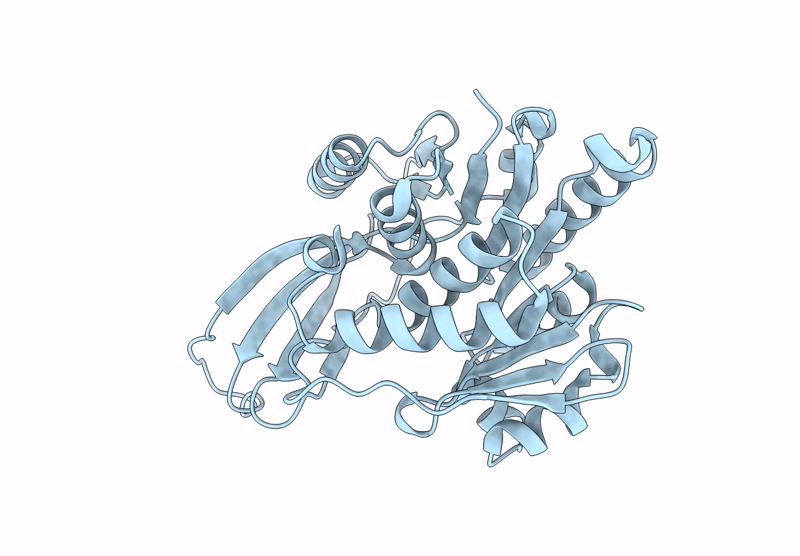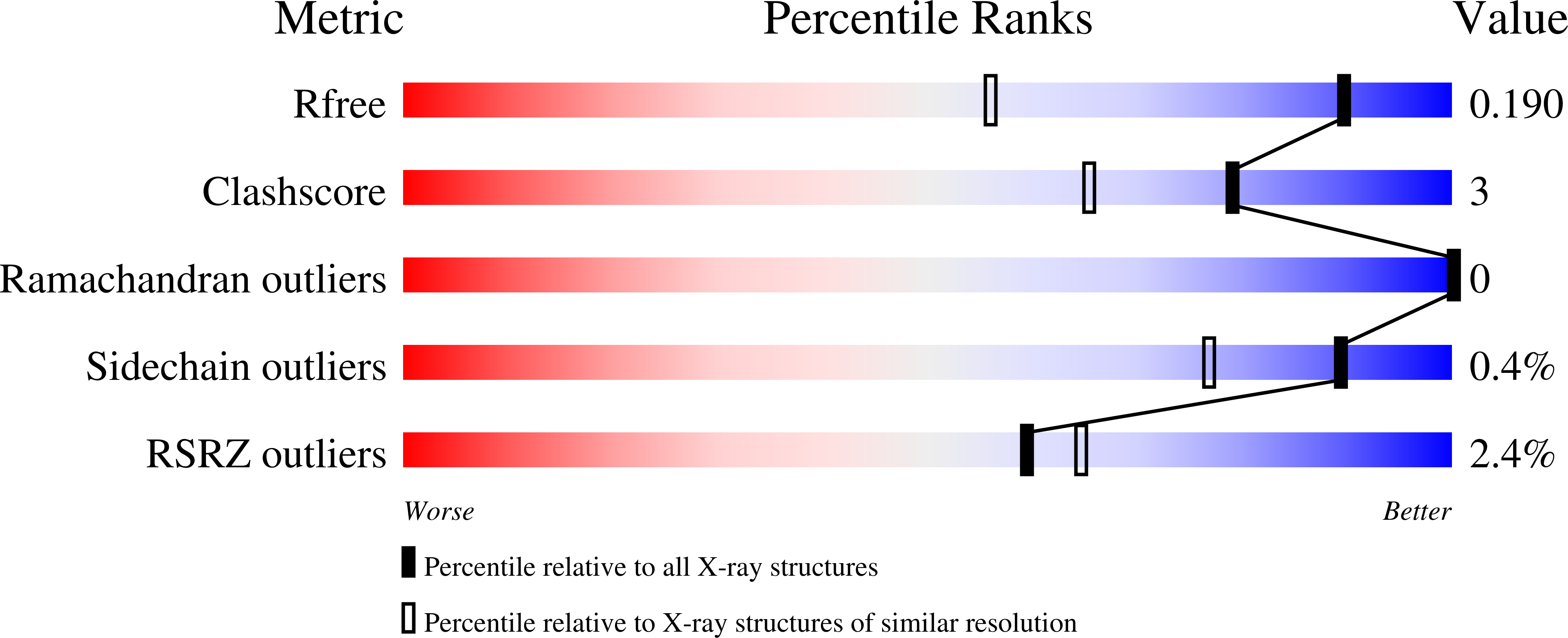
Deposition Date
2025-06-19
Release Date
2025-11-12
Last Version Date
2025-11-12
Method Details:
Experimental Method:
Resolution:
1.37 Å
R-Value Free:
0.18
R-Value Work:
0.14
R-Value Observed:
0.15
Space Group:
C 2 2 21


